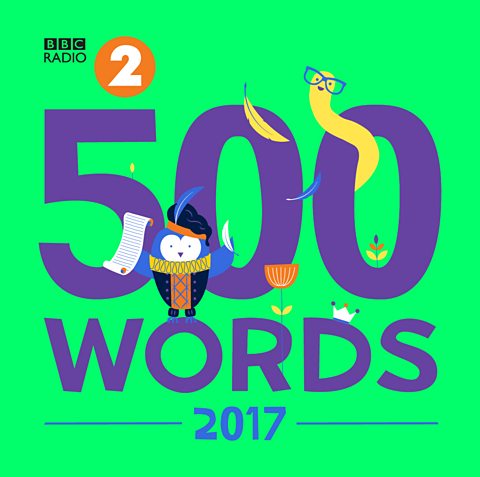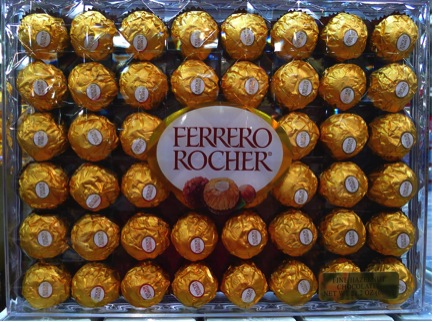
Today Year 2 watched this BBC Live Lesson
http://www.bbc.co.uk/programmes/p04pkxkw
The programme introduces the 500 Words competition run by BBC Radio 2. The boys planned some ideas for their story and will bring their planning sheet home today. We would like to encourage all boys to write their story and submit their entries online. There are some great prizes and they might even get published!
Please can you use the link below to find out more and to submit your entry. If you decide to take part please do send a copy into school so we can see it. We are also happy for all Year 2 boys not to complete their Story Spelling Challenge homework next week in order to take part in this competition.
The stories should be as creative and imaginative as possible.
http://www.bbc.co.uk/programmes/p00rfvk1





















